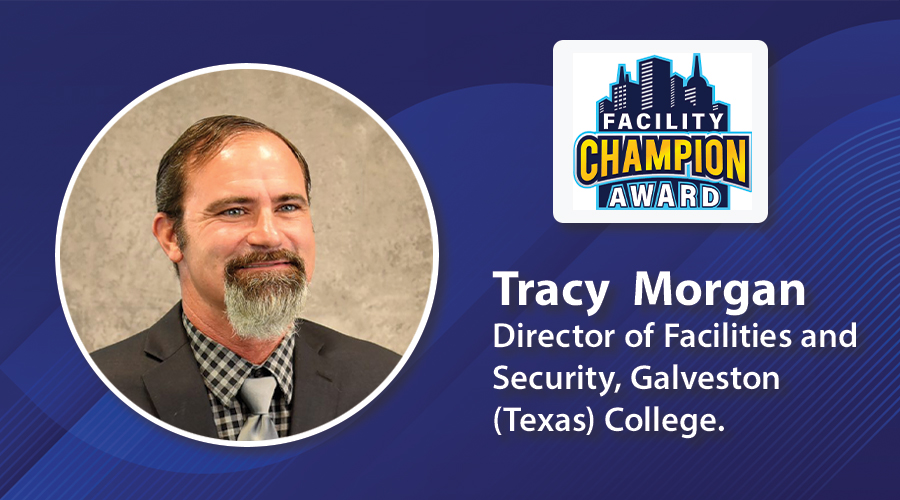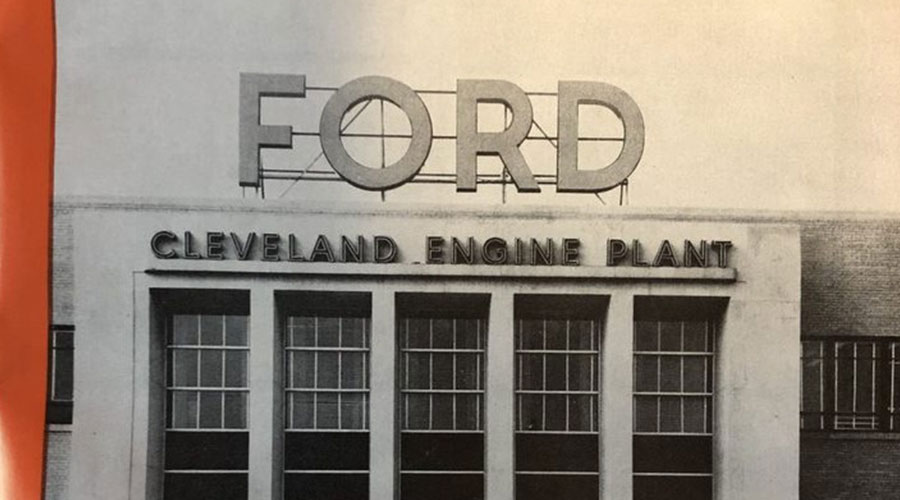Identifying and Repairing Leaks Solves Major Problems
I am amazed how many managers and technicians believe that laying a sock around an oil spill is fixing the problem. It is unfortunate so many identified leaks are left to drip in facilities. By failing to repair oil leaks and spills, facilities experience energy waste, reduced equipment performance, decreased reliability, complaints, and increased housekeeping expenditures, among other problems. Here are ways technicians can identify leaks:
- External leaks are the easiest and most visible types of leaks. Detecting them entails performing a walk-around inspection at regular intervals.
- Technicians can use noncontact infrared thermometers for non-destructive measurement of components'
operating temperatures.
- Ultrasonic technology has proven effective in determining high pressures or high-velocity leaks in various valves
and cylinders.
- A flow meter is the only quantifiable way to measure flow or quantity of fluid loss.
Subpar maintenance practices account for a significant amount of energy loss in facilities. But with just a small amount of training, technicians can readily spot money-robbing abnormalities and communicate them through a work-order system. Various types of readily available technology assists greatly when technicians using it have good working knowledge of its operation and are able to interpret the data to identify waste.
The old saying, "Pay me now or pay me a lot later" should resonate with managers because it is true in every sense when it comes to system failures in facilities.
Andrew Gager is a principal consultant with Nexus Global. He has more than 28 years of manufacturing and facilities experience, ranging from warehousing operations to plant management. He is a registered CMRP, CPIM and Six Sigma Green Belt, and he is formally trained in change-management principles.
Agree? Disagree? Have something to say? We want to hear from you. Visit myfacilitiesnet.com/AndyGager, and start a conversation.
Related Topics:













